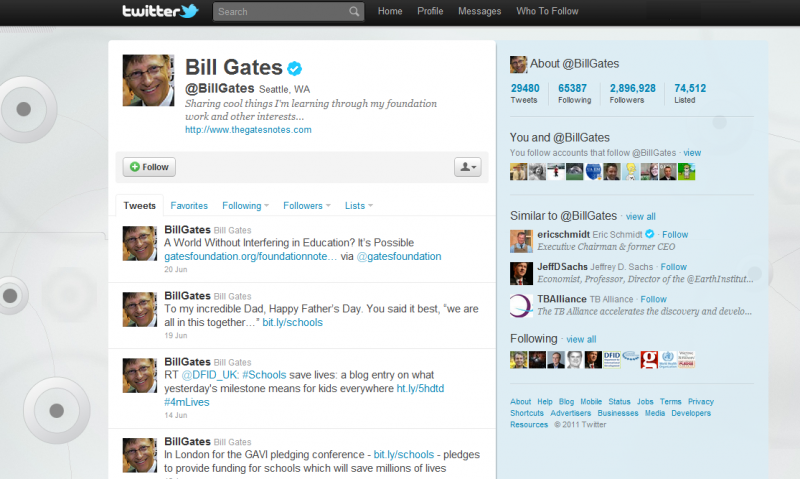Here is a list of education jargon I don’t get for various reasons.
- Learning management system
Learning management systems don’t manage learning. They manage resources which teachers and students use to facilitate learning experiences. Why use the phrase learning management anyway? Who should be managing the learning? Shouldn’t we hope that students should eventually be managing their own learning? Will using a system help them become better at self-organization and eventually directing their own learning?
- Mobile learning
This implies that there is another type of learning which is equally satisfactory, but different, which we should call stationary learning. While I like the idea of moving learning activities from inside the classroom to outside of the classroom and I recognize the role mobile devices have, I’m not sure I appreciate the distinction this phrase offers.
- Professional development
When we call it professional development, we imply first that it is a special kind of learning associated with our occupation, and that the control of the learning may not be in our control. This reminds me of those "terrific" algebra tile sessions I was "asked" to attend in NYC. I’m much more fond of the phrase professional learning instead. We must allow teachers more ownership over the professional learning they do, and that might mean ending professional development and finding a new paradigm.
- Transform learning
As I understand the process of learning, it is a building and pruning of neural pathways in our brain. As we learn more about something, we prune unnecessary connections, and we grow connections in our brain. Nothing we are doing now is changing this process, except possibly to accelerate it, or to occasionally change the part of the brain in which the learning is being manifest. In any case, we aren’t transforming learning, we are transforming the types of learning opportunities kids experience.
- Attention deficit disorder
This is much too widely diagnosed in my opinion. If I had been tested as a child, I surely would have been diagnosed with ADHD. Unfortunately, the problem was that most of the time I was bored. The problem is that any child who struggles to pay attention to the teacher in a classroom runs the risk of being improperly diagnosed by the teacher, who then may improperly suggest counselling and medication. There are children who legitimately struggle with focus because of their brain chemistry, but most of them are just bored. I heard somewhere that 15 minutes a day in nature "cures" most cases of ADHD.
- <fill in the blank> literacy
Literacies change over time as society evolves. Every time a new time of medium is introduced, the definition of what it means to be literate changes. The fact that our literacies now include digital media just means that the new definition of literacy itself now includes all of the new components of our interactive digital world. If we say that we want our children to be "digitally literate" then are we naturally demoting the other, still critically important types of literacy? If a school doesn’t teach digital literacy, then they aren’t really going to produce literate students. I’d much rather be clearer about how literacy is changing then let schools pick and choose which modes of literacy they are going to teach.
- 21st century learning
First, this phrase is inherently denegrating to the types of learning opportunities which have been around for ages. It implies that the type of learning not characterized by the affordances of the 21st century (ie. computers) is out-dated. There is tremendous value in many non-21st century learning opportunities, like discussions for example, which have been around for eons. It also fails to recognize that much of what is described as 21st century learning is in fact in use from the 20th century by many excellent educators. Further, it lumps together two kinds of pedagogical practice, that of student centred learning, and technology based learning, which allows educators to reject both of these types of learning simultaneously.
What are some of your least favourite educational phrases?
 Now let’s compare these numbers to the fairly good conference planner App that ISTE released.
Now let’s compare these numbers to the fairly good conference planner App that ISTE released.




